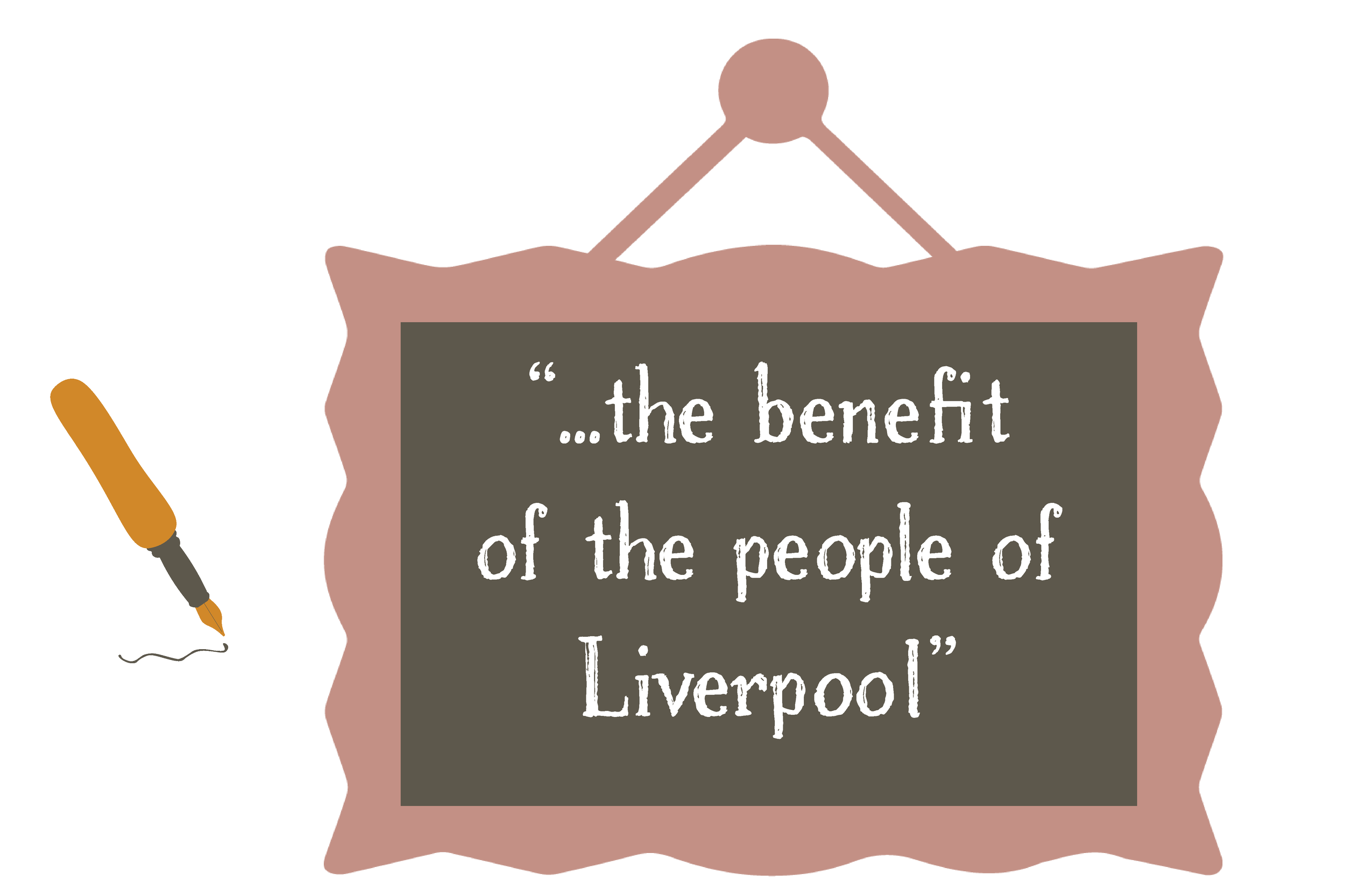History Detectives
For this part of the National Lottery Heritage Fund project, a team of twelve History Detectives were recruited from the community to help uncover the past of the greenspace at Sudley Estate, and a callout was issued to the local community for information.
Very little is known about Sudley Estate’s past, or at least very little is documented. The project focussed particularly on the land and greenspace, the walled garden and of course the old Changing Rooms Building. The History Detectives helped unearth new information and learnt research and archiving skills.
Sudley History, Uncovered
Sudley House was originally built in 1824 by Nicholas Robinson, who bought the land from the Tarleton family in 1822. The Tarleton family had owned the land since 1775. In 1882, the estate was sold to the Holts, a family of wealthy shipping merchants. The Holts carried out extensive improvements to Sudley House, the outbuildings and estate. There was always some doubt about the original architect of Sudley House, but it is now known to be John Whiteside Casson. During the research project, Andrew Rankin got in touch to say John Whiteside Casson was his 4th great grandfather.
The History Detectives found the first records of our Therapy and Wellbeing Centre building from 1884 showing property details owned by George Holt listed as "horse stables, new shippon building, lodge, cottage, land".
Shippon buildings were used for keeping farm animals like cattle, horses and pigs, and this is the first known reference to this building. This shows us that the original sandstone building was built in 1884 at the same time as the other site improvements to house animals for the Holt family. At this stage the building was not being used and there are no piggeries listed. In 1885, the shippon building is listed including “Piggeries”. In 1895, the district rate book below shows the piggeries building rates were £26, meaning the building was still being used as pigsties just before George Holt Junior died in 1896.
One of the original sandstone pigsty walls still remain in the building today but the original building has also been rebuilt and in-filled over the years with different bricks as its use changed.
Harper Dairy Cows
Ploughing the Fields
After George Holt junior and Elizabeth Holt died, their only child Emma inherited the family fortune and estate. When Emma Holt died in 1944, she bequeathed the entire Sudley estate to the Liverpool Corporation (now Liverpool City Council) for ‘the benefit of the people of Liverpool’.
Thanks to Emma Holt’s will, we can all enjoy this greenspace as an undeveloped public park today.
Charles Pott’s Sudley Orchids, 1960s
The history detectives uncovered a Liverpool Echo newspaper cutting from 1971 showing Sudley fields were also used for football coaching sessions with Liverpool Football Coaching Association. At some point, the old wooden changing pavilion was destroyed by fire and no record of its existence has been found, except through people’s memories.
By the 1970s the shippon building had fallen into disrepair following budget cuts and had become a target for graffiti and vandalism. A note from the parks and gardens committee meeting minutes in 1973 refers to their sorry state.
Again, no records have been found but presumably at this point Liverpool City Council decided to re-purpose the building to replace the destroyed changing rooms pavilion. This would explain why the building was always referred to as ‘The Pavilion’ on LCC paperwork, a fact that was puzzling until then.
Mr Charles Potts was head orchid grower at the Sudley estate from 1958, who cared for the extensive orchid collection in the greenhouses within the walled garden. It appears that Mr Potts didn’t just have to tend to orchids but he was also responsible for tending to the football pitches and the original wooden changing pavilion! The history research unearthed various memories of the wooden pavilion which housed changing rooms further down the site.
We found handwritten records from 1959 relating to the pavilion and football pitches at the back of small notebooks used by the parks and garden team staff to log plant stocks in the greenhouses of the walled garden. These notes show changing pavilion and pitch bookings by local teams playing matches, including Morrisons School and Liverpool Art School, and a note explaining how many changing rooms were available for matches signed by C F Potts.
Handwritten notes show logs of plant stock from the greenhouse and football matches







